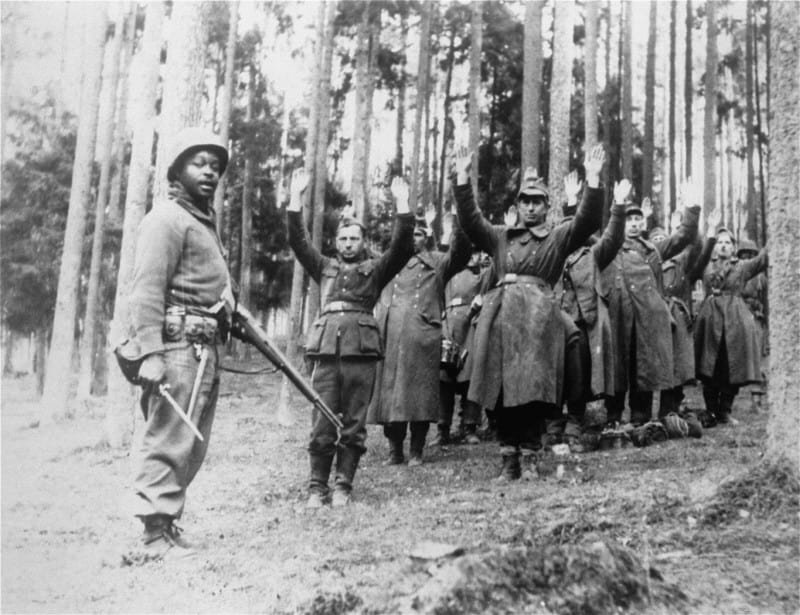Heroic deeds come in various forms. There are deeds in war to save one’s comrades. There are deeds to save innocents from one’s comrades. There are deeds to break barriers at risk of life and limb, and there are deeds by volunteers risking life and limb for the oppressed. Following are thirty things about lesser-known heroic deeds by heroes who deserve to be way more famous.

30. The Heroic Pilot Who Brought a Massacre to an End
On March 16, 1968, US Army soldiers went on a bloody rampage near the Vietnamese village of Sơn Mỹ. Over several hours, pausing only for a lunch break, they massacred about 500 unarmed civilians. Most victims were women, quite a few of whom were violated and mutilated before they were murdered, children, even infants. Horrible as the massacre was, it would have been worse if not for the heroic intervention of a single man: then-Warrant Officer Hugh Thompson, Jr., a helicopter pilot who arrived on the scene halfway through the killing.

As he described what he witnessed: “We kept flying back and forth, reconning in front and in the rear, and it didn’t take very long until we started noticing the large number of bodies everywhere. Everywhere we’d look, we’d see bodies. These were infants, two-, three-, four-, five-year-olds, women, very old men, no draft-age people whatsoever“. At first, Thompson and his crew thought the casualties were accidental collateral damage from American barrage. They realized what was happening when they saw the soldiers’ commanding officer, Captain Ernest Medina, execute an unarmed, wounded woman. Thompson immediately swung into action.

